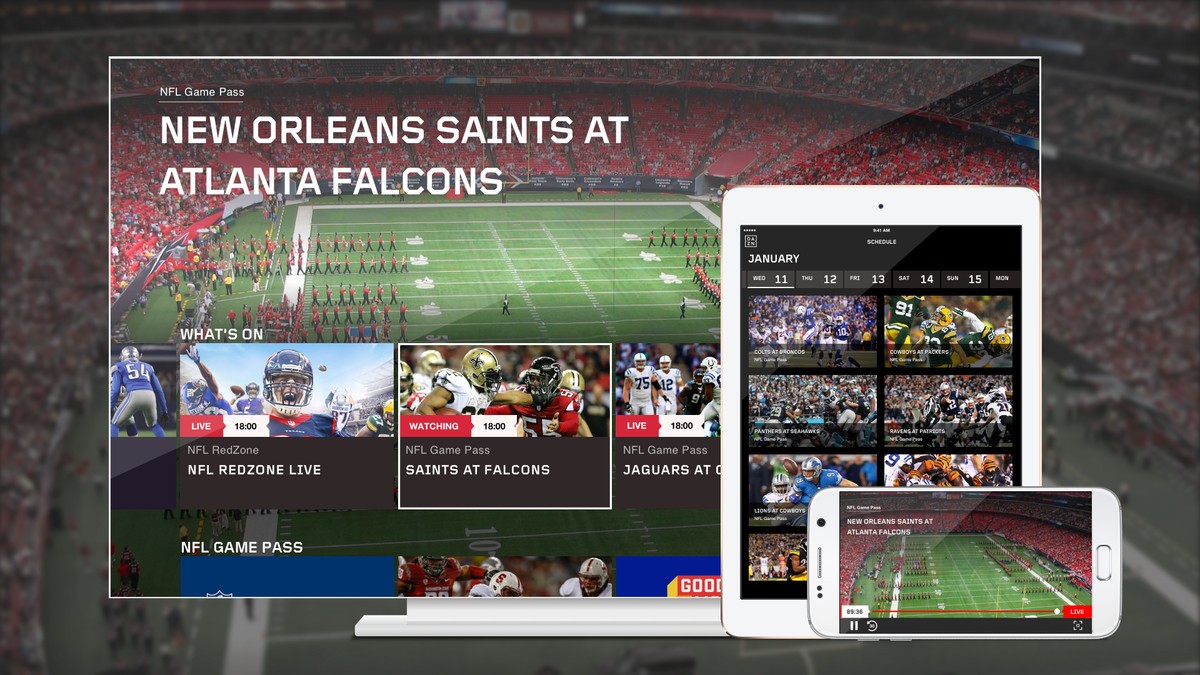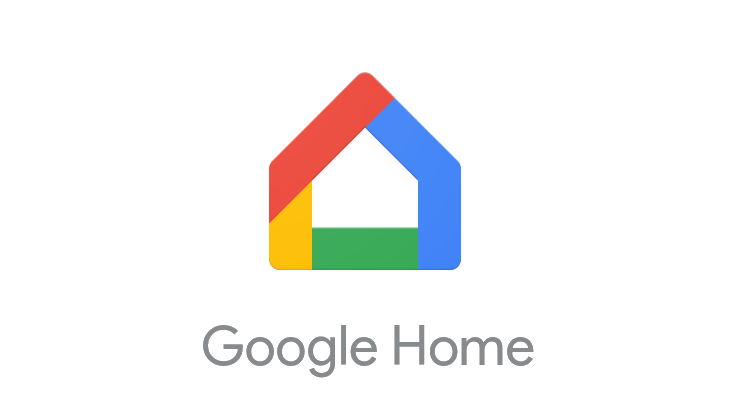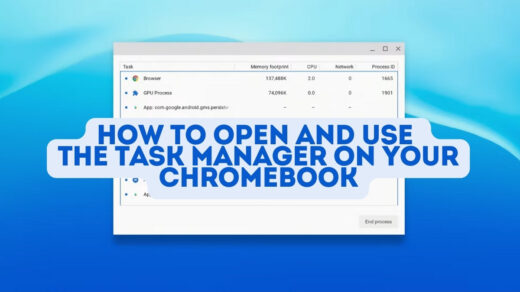Crafting the Future of Web Browsing: How Google Brought Generative AI to the Chrome Browser
Key Points:
• Google’s Chrome team has implemented Large Language Model (LLM) technology into Chrome, making it easier for users to generate content and customize their browsing experience.
• The integration of LLM technology required the team to develop new skills and challenges, as it is not as straightforward as traditional browser features.
• The AI features are designed to be user-friendly, with options like the "Help me write" feature, which can gather context from the webpage and assist with writing, and the themes tool, which offers pre-defined options for customization.
In a major breakthrough, Google’s Chrome team has successfully integrated Large Language Model (LLM) technology into Chrome, revolutionizing the way users create and customize their browsing experience. The innovative approach marks a significant shift from traditional browser features, where input yields predictable output.
Adriana, Chrome’s LLM team lead, notes that the integration of LLM technology was a challenge, requiring the team to learn and adapt new skills. "We had to learn not only how LLM technology works but also how to turn it into a product people can use," she says. Unlike traditional features, which produce consistent results, LLMs recognize and generate text or images, necessitating adaptable human evaluation.
To overcome these challenges, the Chrome team developed new approaches, such as training the LLM to recognize various types of user input. "We take the foundation model and teach it what we want it to do for our example use cases, and then we evaluate how it works against many different types of user scenarios," Adriana explains. This human evaluation is crucial, as it requires determining whether the AI-generated content meets specific requirements, such as tone, length, and level of specificity.
One notable example of LLM technology in action is the new AI-powered tab organizer, which uses emoji to label tab groups. This feature was designed to be both intuitive and user-friendly, while also ensuring that the AI’s suggestions are appropriate and safe. To achieve this, the team collaborated with Google’s emoji team to map out broad use cases for emoji, such as travel, animals, and nature, to ensure the AI’s emoji suggestions are accurate and relevant.
Another innovative feature is the "Help me write" tool, which gathers context from the webpage and assists with writing. This feature aims to make the writing process easier and more efficient, allowing users to focus on their content rather than formatting. Similarly, the AI themes tool offers pre-defined options for customization, with dropdown menus for subject, styling details, and color schemes, making it easier for users to achieve desired results without needing to write complex prompts.
As LLM technology becomes more integrated into Chrome, users can expect a more personalized and creative browsing experience. With these AI-powered features, the Chrome team has opened up new possibilities for users to express themselves and streamline their workflows. As Adriana notes, "We want people to be able to customize it but also give narrower options that get good results."
You can also check out our list of the best Gmail Extensions, TikTok Extensions & the best Ai Extensions for Chrome.
Discover more from Chrome Geek
Subscribe to get the latest posts sent to your email.







